Untitled [Avalon TV Studios]
Bill McCardle
Type
- Mural
Medium
- Glass
- Ceramic
- Steel
Dimensions
- Full mural approx. H2150 x W3980 (offset from wall when installed). Panels each: H2150 x W995 x D75mm
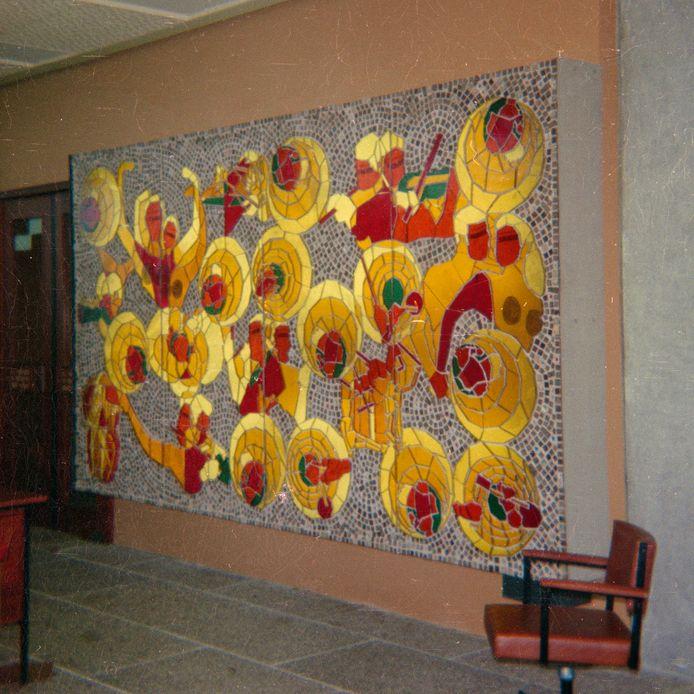
Bill McCardle, ‘Untitled [Avalon TV Studios]’ (1975), Administration Block, Avalon TV Centre, Avalon, Te Awakairangi Lower Hutt
Image: scanned from negatives provided by Lynne McCardle from the William (Bill) Wilson McCardle collection
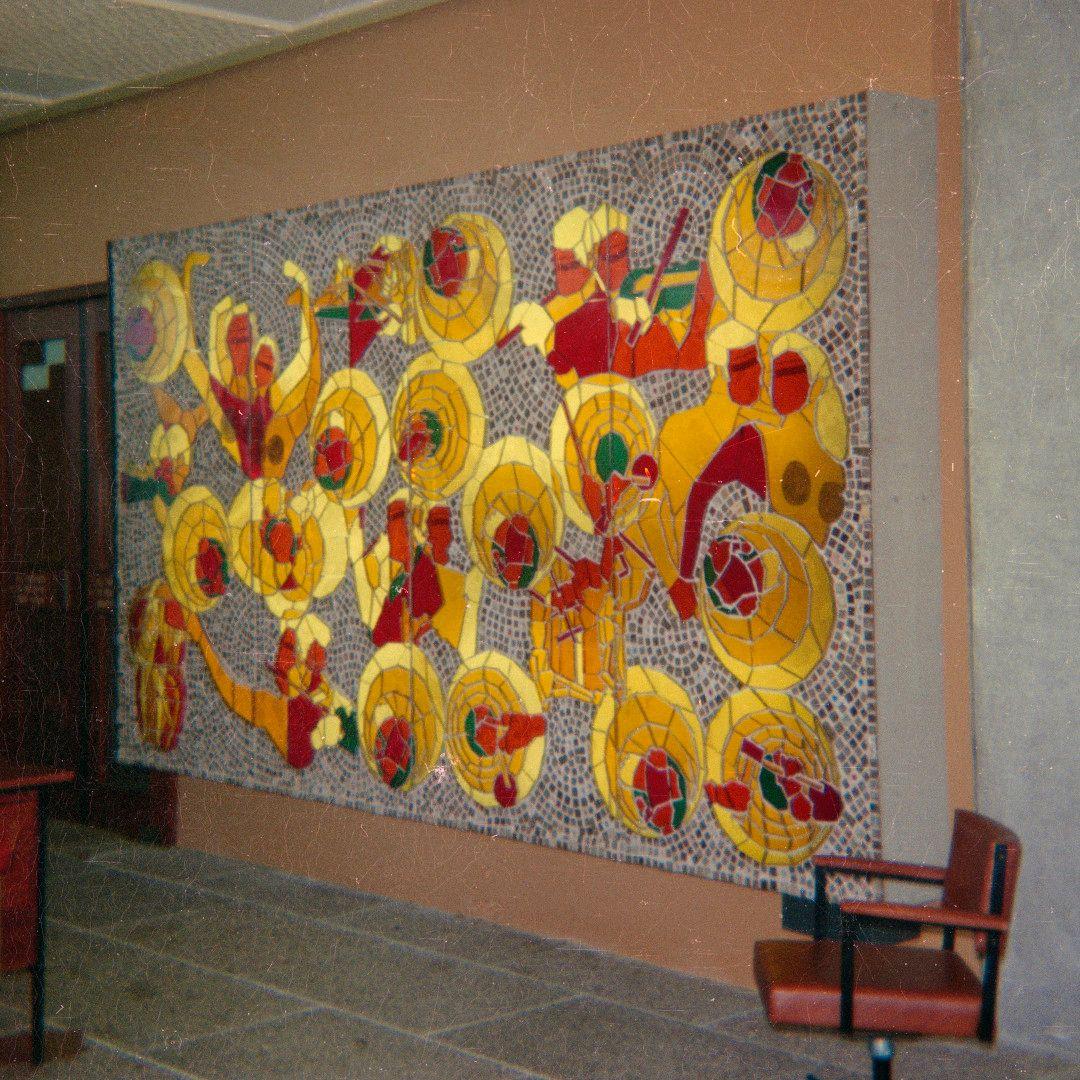
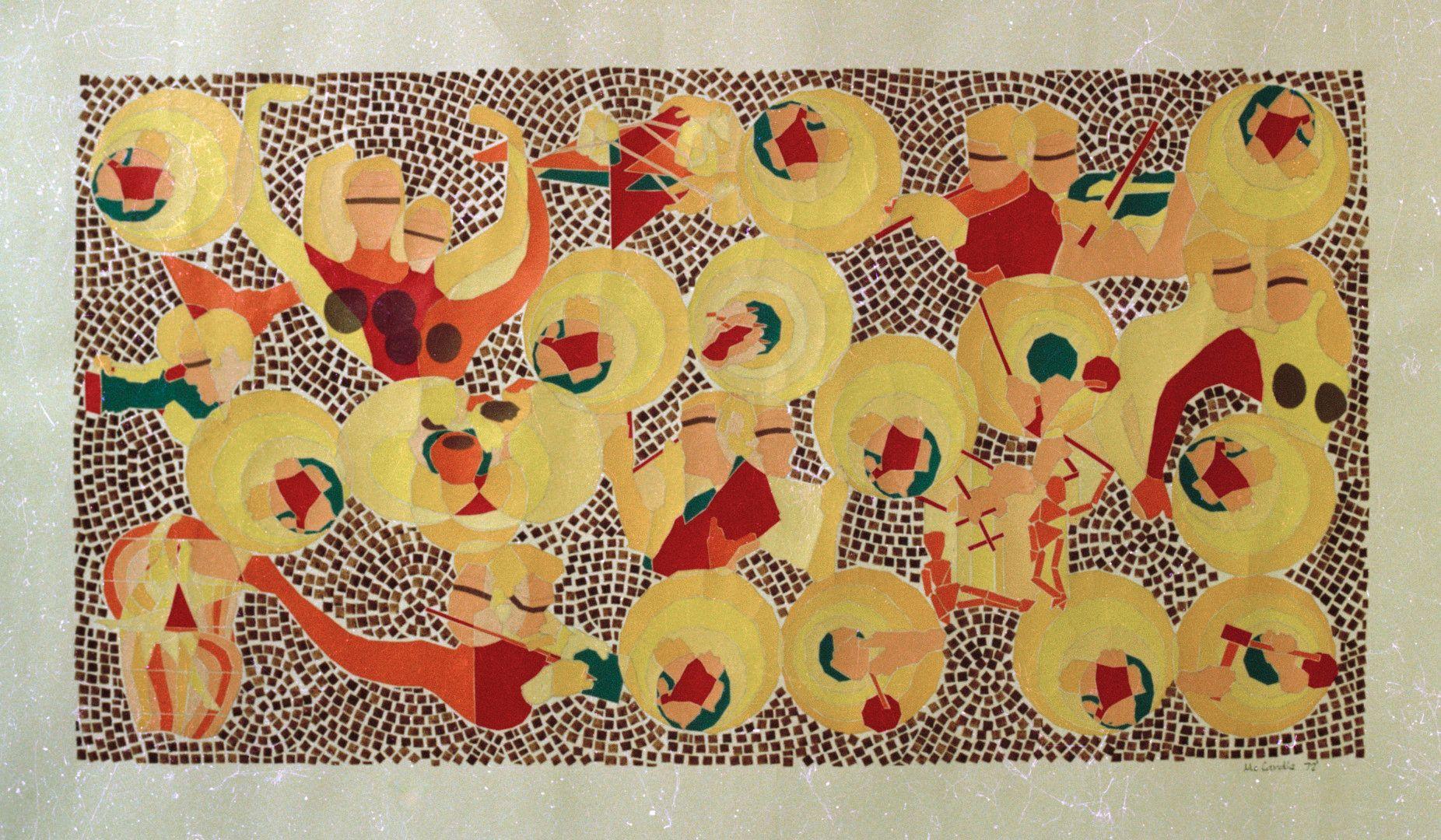
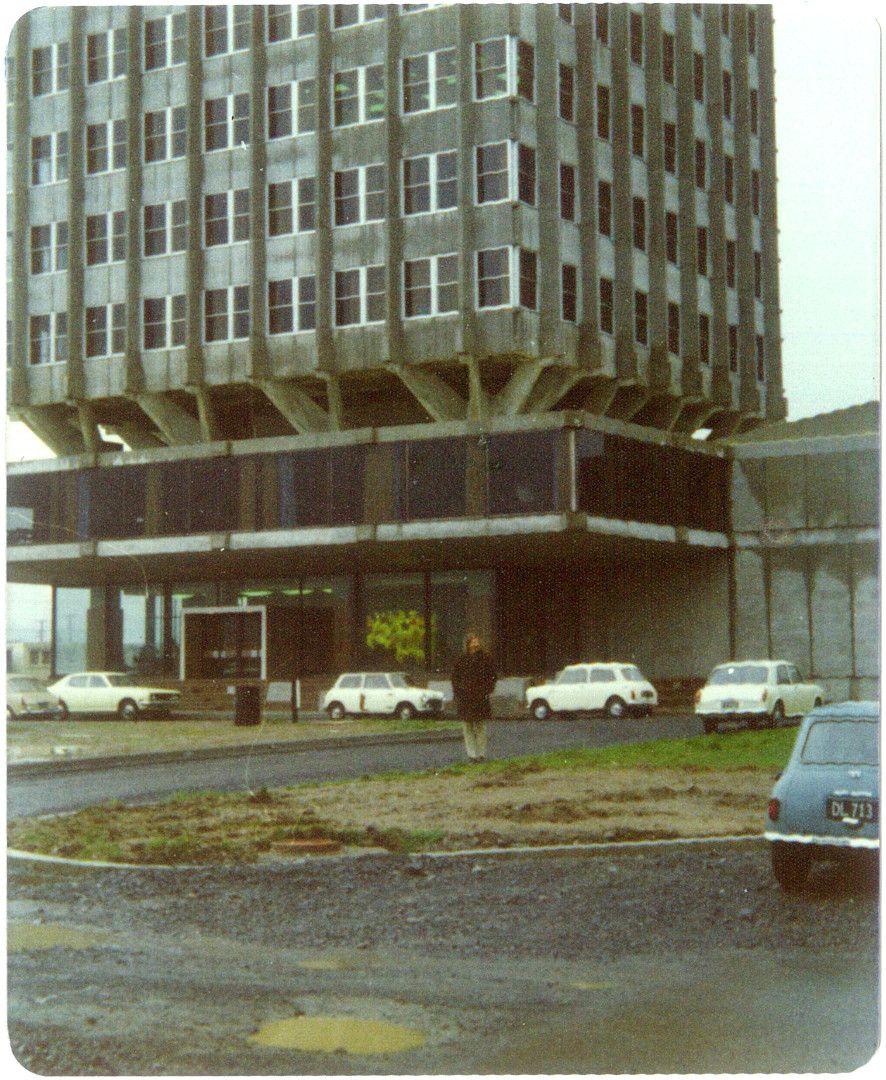
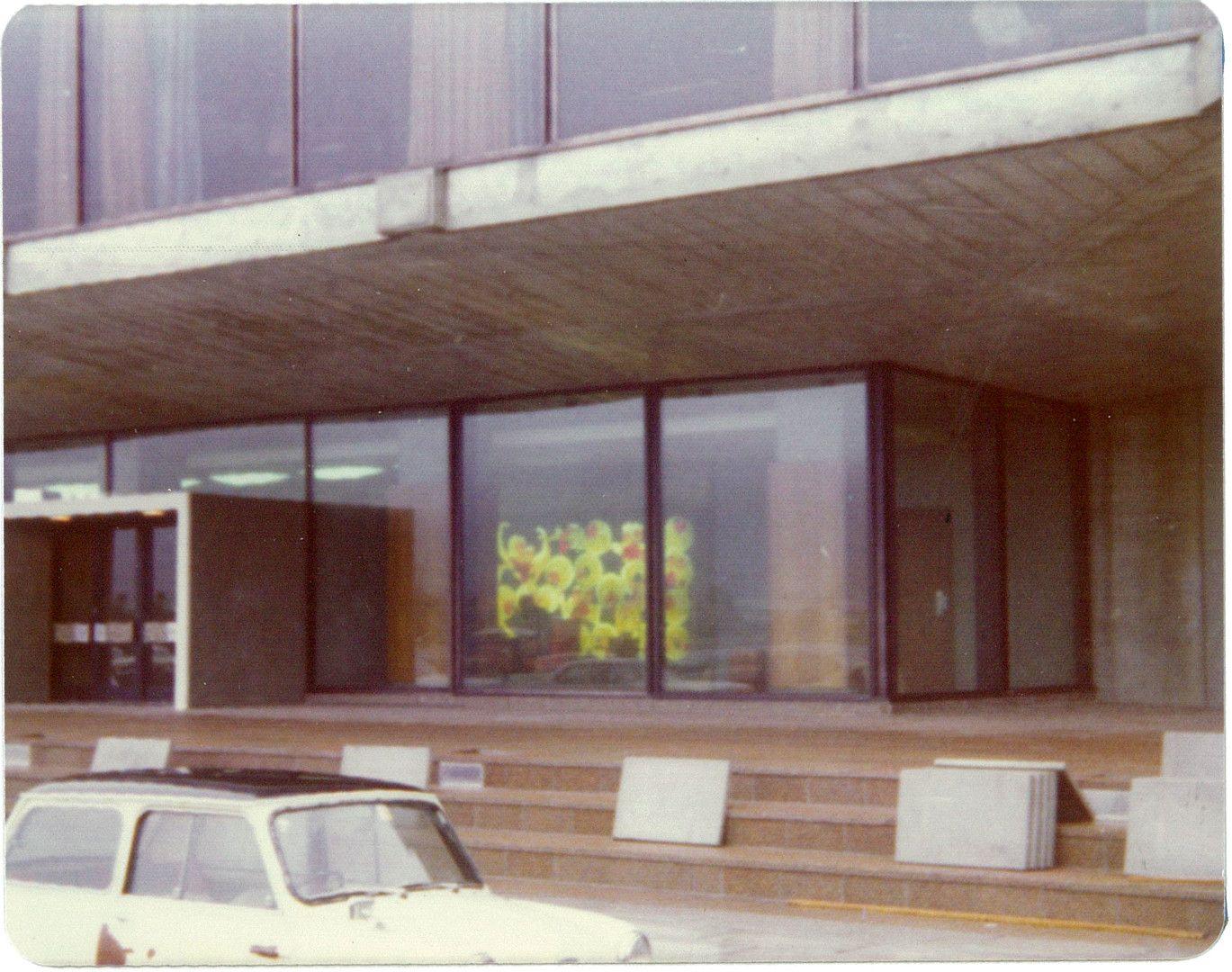
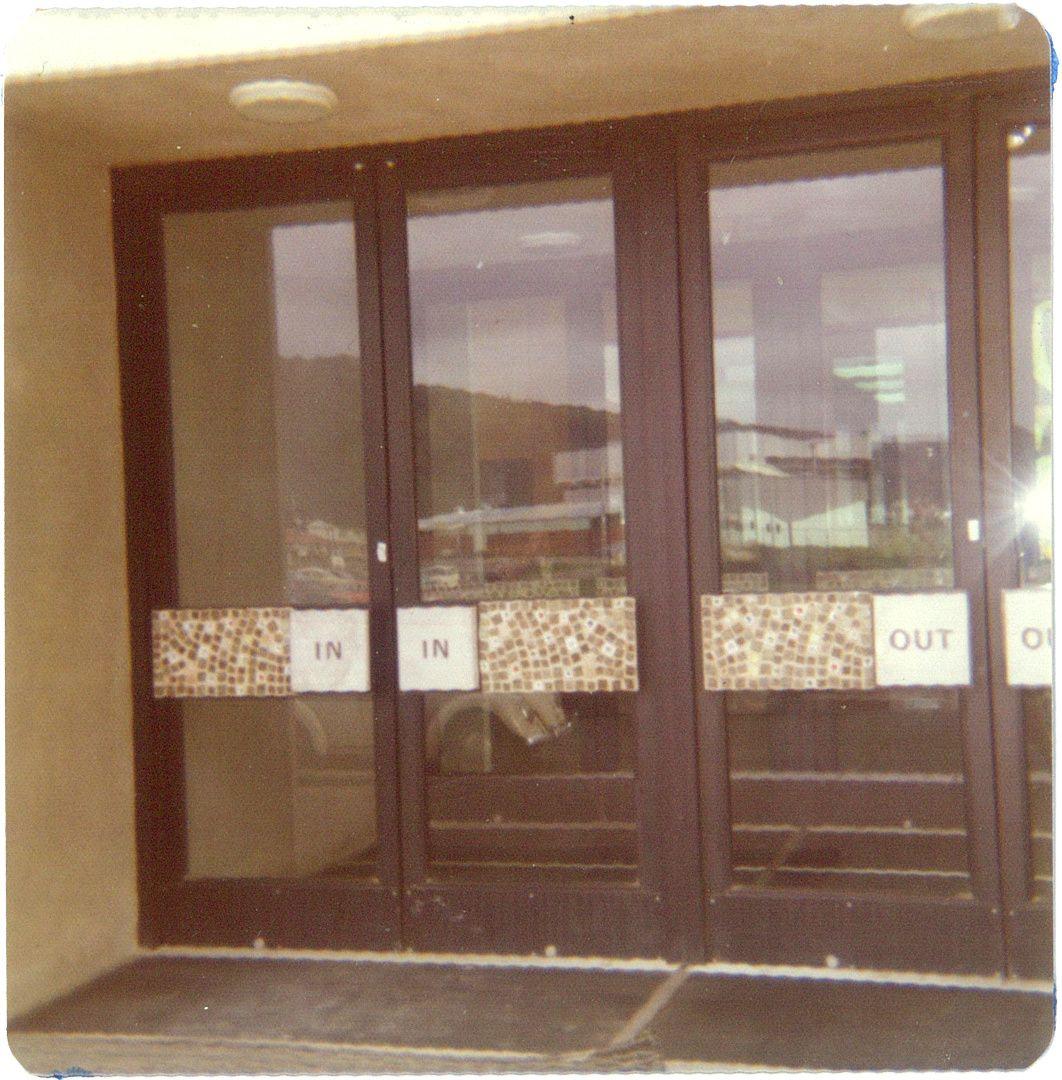
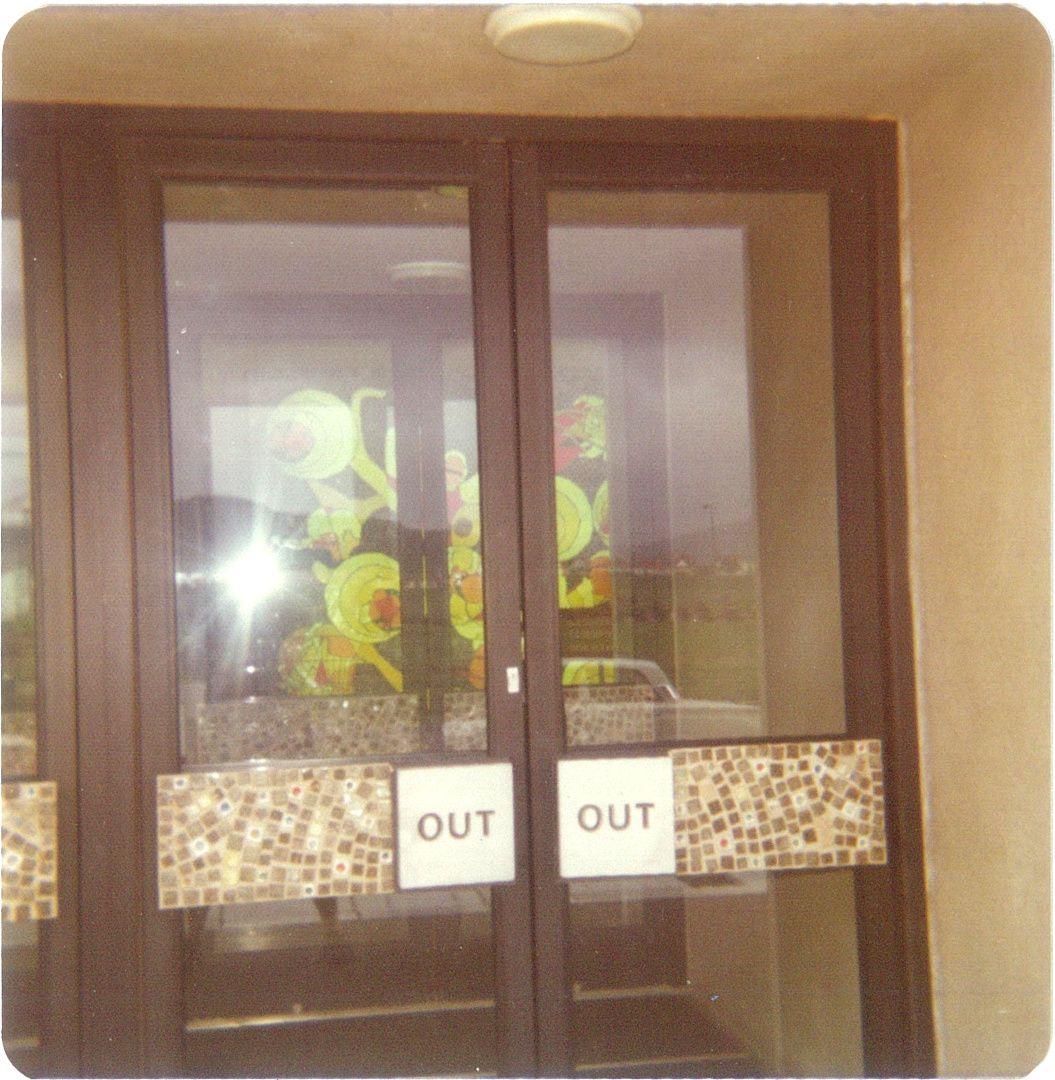
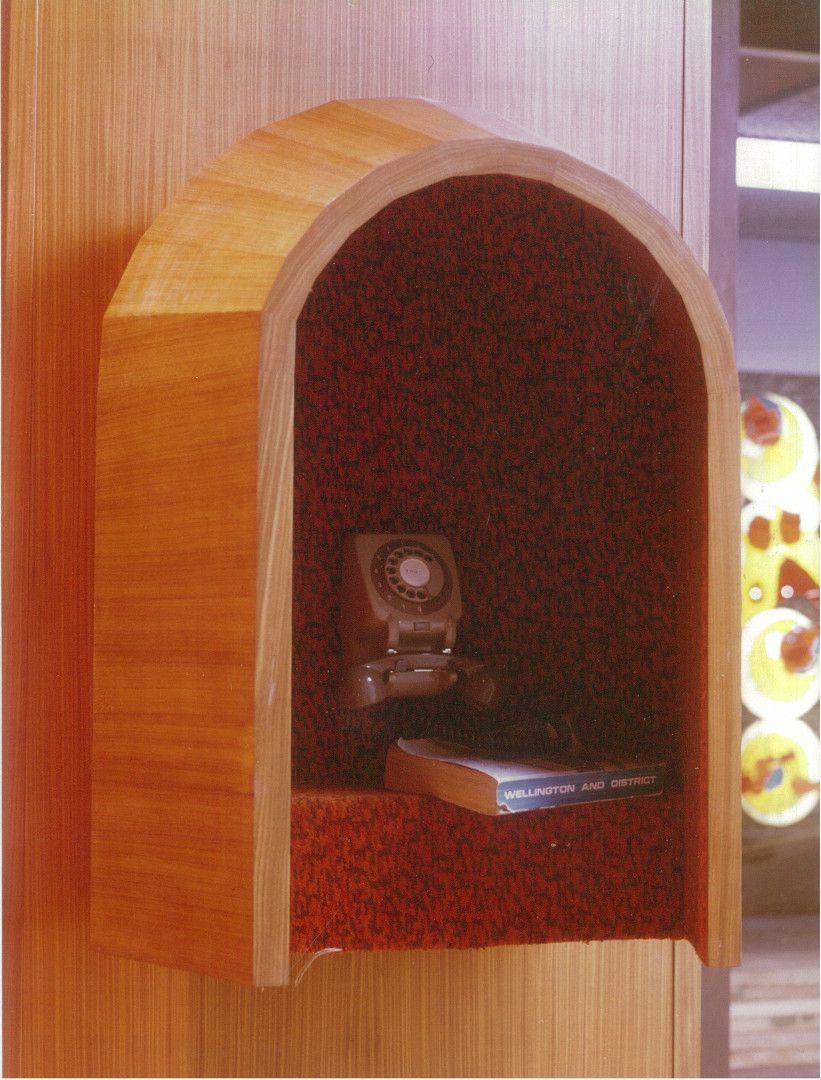
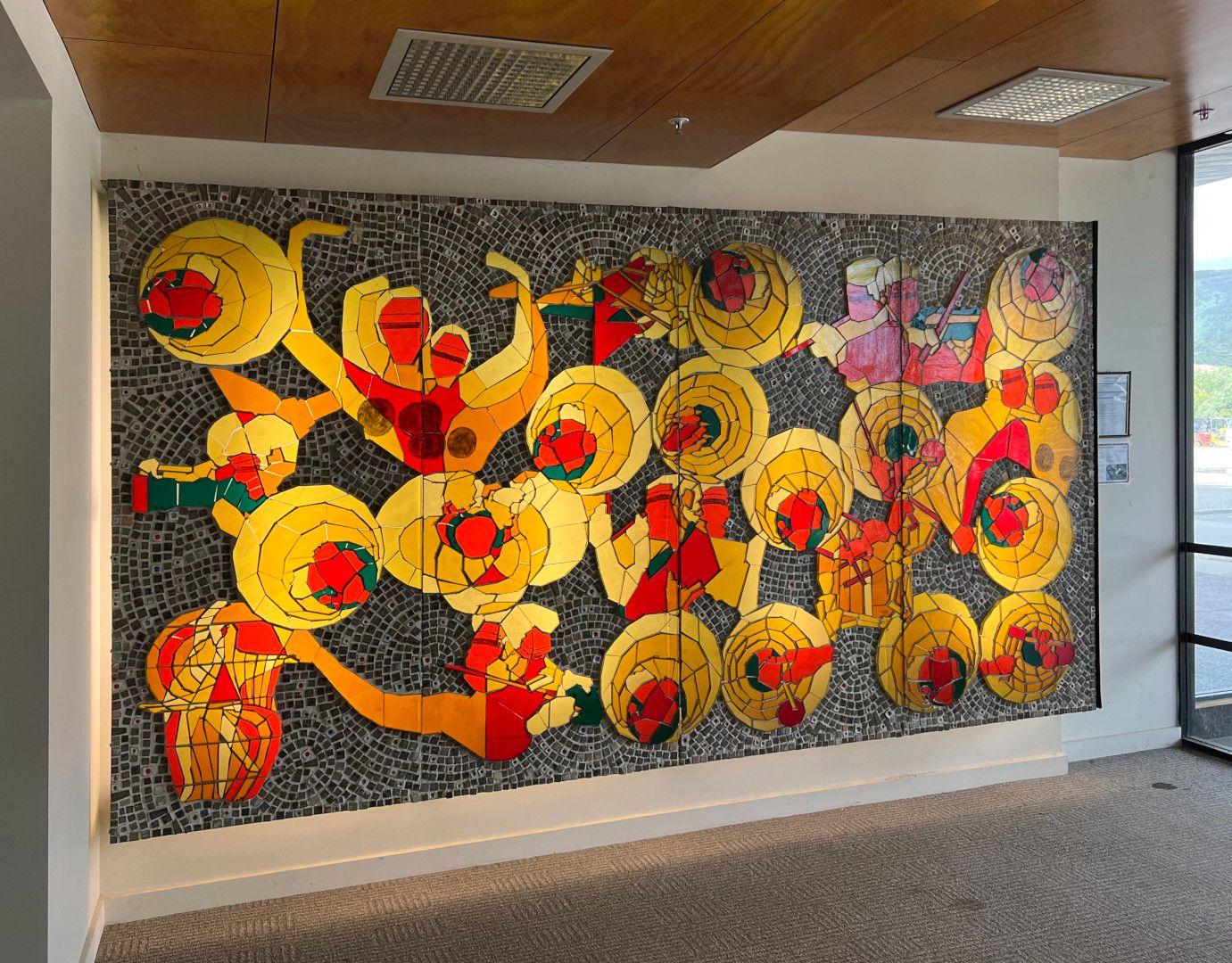
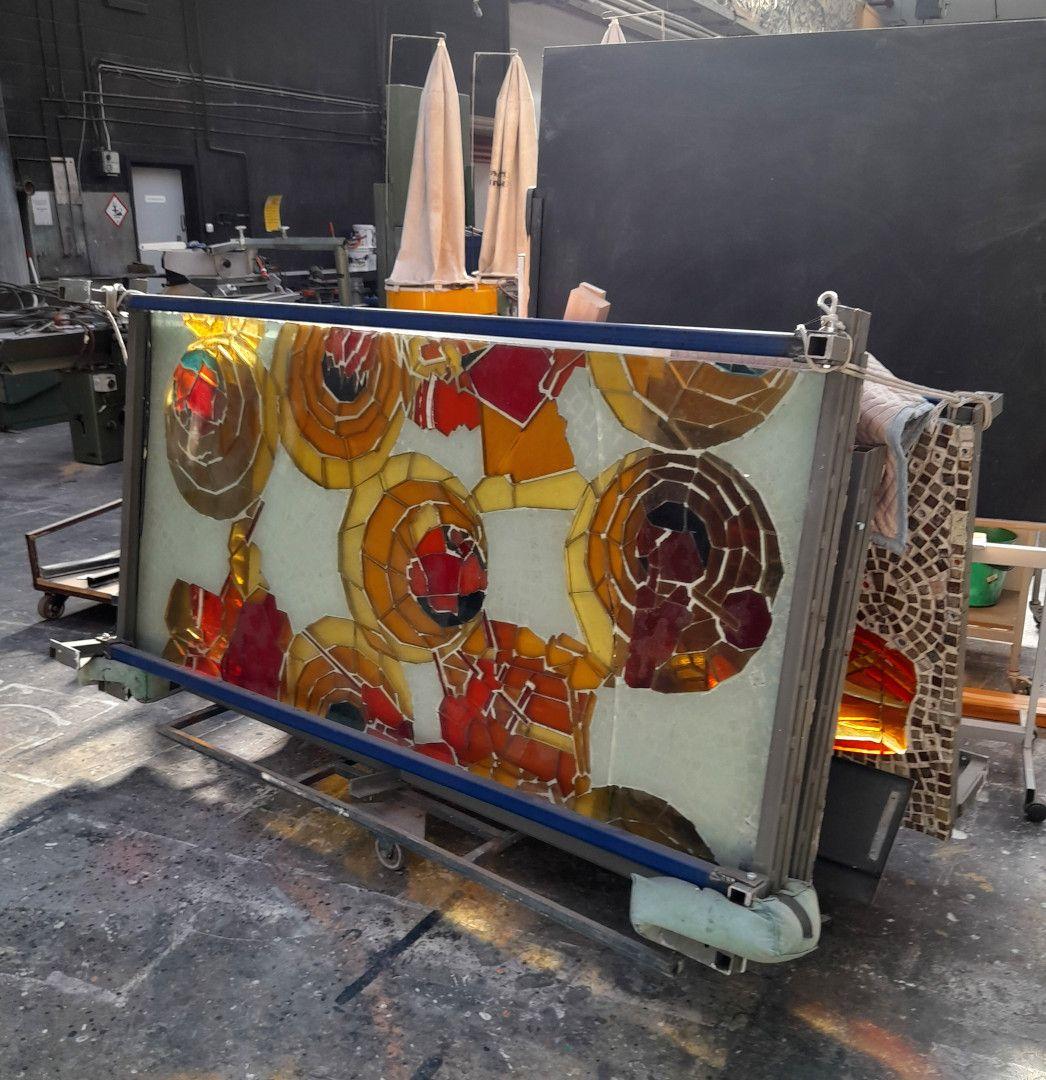
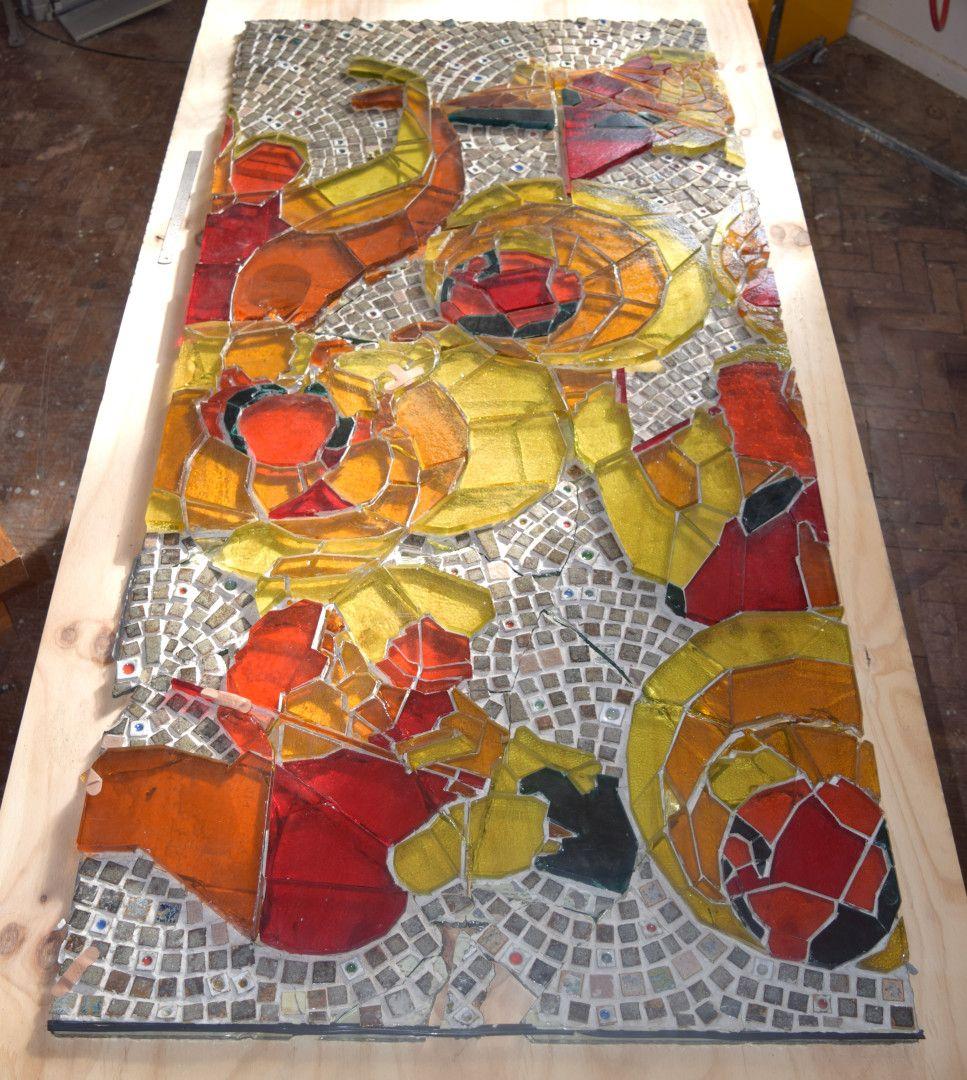
- DETAILS
- MAP
Description
This vibrant glass and ceramic mural depicting the performing and visual arts was commissioned by the government under the auspices of the NZ Broadcasting Corporation, who contracted the firm Thorpe Cutter Pickmere & Douglas to complete the Avalon Studios project. The Television Centre officially opened in March 1975.
The development of the mural was arranged by the architects and created by Bill McCardle (aka William Wilson McCardle III), who is also recorded as having coordinated the interior design of the whole complex in consultation with the architects.
Back-lit when installed, it speaks to the act of transmitting light which is fundamental to the screen industry while the bold colours could be a nod to the advent of colour television, which was formally introduced to New Zealand in 1973–1975 (Avalon was known for recording and transmitting in colour). It is an important and engaging record of Avalon’s history as a major publicly-funded investment in the future of Aotearoa’s film and TV industry – the legacy of which lives on today.
Made of four larger-than-human-scale panels, and illuminated from behind, McCardle’s mural could be said to have radiated with the energy of possibility that Avalon represented. The 7/8 inch thick coloured plate glass was imported from France and cut on site by L. Sharp and L. Gorland, and the ceramic mosaic tiles are thought to have been made by McCardle himself (although speculation exists that Roy Cowan was somehow associated with the project). Similar tiles were also mounted on the main Entrance and Exit doors of the Administration Block. A set of ceramic pillars were also installed in the building, possibly made by Roy Cowan.
For a time Avalon was the largest studio complex in the southern hemisphere. It consisted of two main buildings: the Tower Block, which was primarily designed for administrative use, and the Studio Block, which housed state-of-the art studios, a film lab and a film production hub. In its heyday kiwi classics including Wheel of Fortune, Fair Go, and Sale of the Century were produced there along with the 24-hour Telethon fundraisers and, in the early 2000s, Dancing With The Stars.
The government sold the complex in 2011 to Avalon Holdings, who still use the studios as a TV & film production facility. In recent years the administration block was sold and is being converted to 1- and 2-bedroom apartments, which are marketed as “A space for those who hold cinematic history close to their hearts”.
At some point the mural was relocated to another wall in the main entrance foyer. In 2022 it needed to be removed from the tower due to the building’s redevelopment, and would have been destined for landfill however staff at the neighbouring Avalon Studios stepped in to save it. Unfortunately, the weight of the mural took the deinstallation team by surprise and one panel was dropped and broken in the process.
The mural is a unique example of its kind in 20th Century public art in Aotearoa. It is fortunate that it has been saved in the way it has, but further help is needed to make sure it isn’t lost forever. Efforts are underway to repair the broken panel, and the remaining panels are currently in storage while a long-term home for the mural is sought.
Do you have a possible site for the mural? We’d love to hear from you – get in touch!
